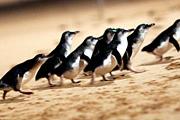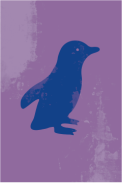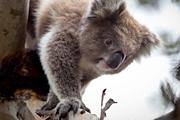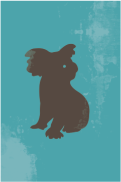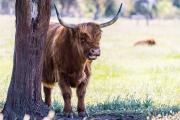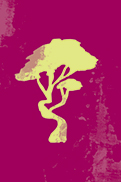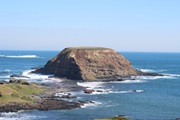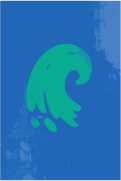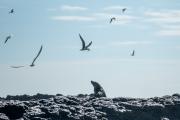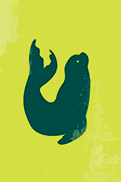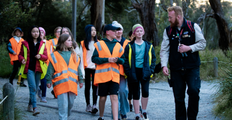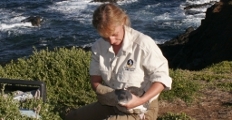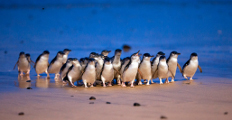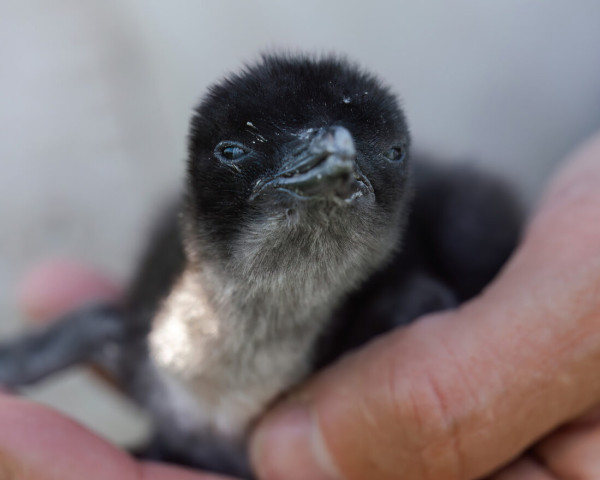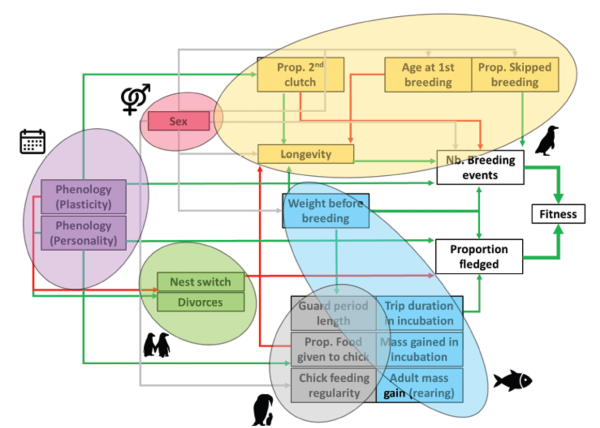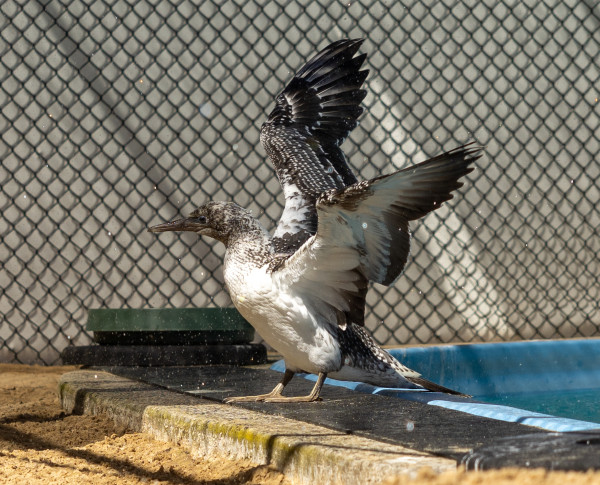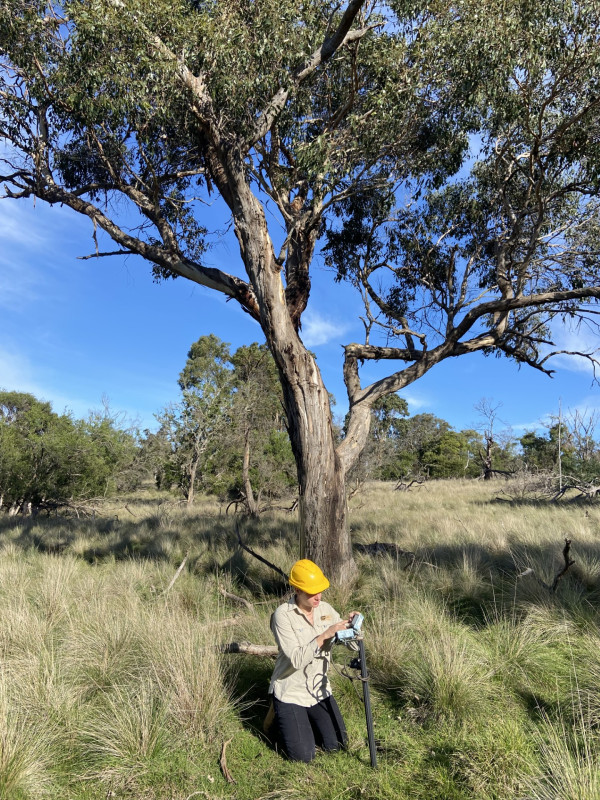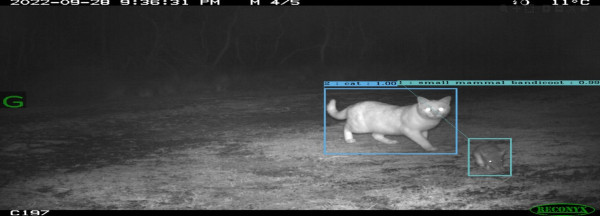Conservation News - June 2024
Conservation News
Positive action for a biodiverse future
Womin jeka (Welcome)
A message from Jessica McKelson, General Manager Conservation
Welcome to the mid-year 2024 edition of Conservation News, to take you behind the scenes at the Phillip Island Nature Parks (the Nature Parks). The Conservation team shares key updates on projects, research and the amazing environmental work being done for Phillip Island (Millowl) over the past six months.
Along with supporting the unique species that live here, Phillip Island provides a valuable opportunity as an ‘island haven’ for threatened species to return and prosper and is supported by encouraging connections with the community which is vital for wildlife to flourish.
In this edition, the focus is on how research supports understanding of threats within the marine environment, such as the impacts of seal entanglements and human stressors on penguin global hotspots. In addition, localised community impact campaigns can encourage positive human behaviour change on the environment, such as a reduction in light pollution to support short-tailed shearwater chicks’ great migration to Northern Arctic. The Nature Parks is excited to share our work towards threatened species recovery and reintroduction, by also progressing the return of the critically endangered bush stone-curlew.
Marine Species
Threatened Species
Flora and Revegetation
Wildlife Management
Pest Control
Marine Species
Penguins (Guyup)
Penguin Parade nightly counts
By Kat McNamara, Research Officer
Average nightly crossings at the Penguin Parade in January and February 2024 were higher than in 2023, with 1407 vs 1285 penguins crossing per night. In March and April, however, the average nightly numbers of penguins crossing the beach were significantly lower than previous years, with a 47% decrease in March crossings and a 57% decrease in April. This could be due to large numbers of birds spending time at sea foraging after finishing breeding and moulting seasons. During May, some very healthy, well-fed-looking penguins were observed in the colony, ahead of the autumn breeding attempt.
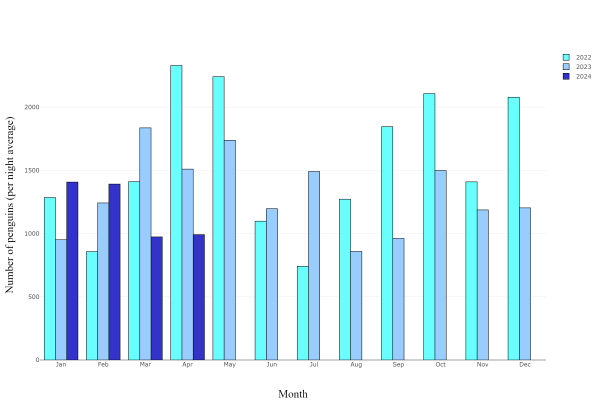
Figure 1: Parade count plots
Penguin breeding season 2023-24
Paula Wasiak, Senior Research Officer
Little penguins on Phillip Island (Millowl) typically breed through spring and summer, although a small percentage is known to also attempt breeding in the autumn months.1 In 2023, autumn breeding activities saw a small number of penguins successfully hatch and raise chicks until fledging. Despite this strong start, the first spring breeding attempts were poor, with many failures occurring during incubation and early chick rearing. The Nature Parks is happy to report that birds that undertook a second breeding attempt in spring and summer were much more successful. The average breeding success across the Summerland Peninsula was recorded as approximately one chick raised to fledging per breeding pair. This is an average breeding success for our penguins and an excellent result given the hardships faced early in the season.
1Ramírez, F., Chiaradia, A., O'Leary, D. A., & Reina, R. D. (2021). Making the most of the old age: Autumn breeding as an extra reproductive investment in older seabirds. Ecology and Evolution, 11(10), 5393-5401.
Image 1: Penguin chick.
Breeding success secrets: unravelling individual fitness mysteries
Andre Chiaradia, Senior Scientist
This study followed individual penguins from hatching to the end of their life. It addressed a vital gap in knowledge for the conservation of little penguins, revealing that individual quality, particularly traits like early breeding and efficient foraging, significantly impact their survival. By examining 18 life-history traits in 162 penguins over their lifespan, the study found penguins varied greatly; some individuals were better at finding food, staying healthy, and producing more offspring. That is, in short, these penguins had higher fitness. By understanding and fostering these key traits, conservation strategies can be precisely tailored to boost the resilience and sustainability of penguin populations, ensuring their long-term survival.
Figure 2: Theoretical path modelling illustrates the relations between foraging, chick investment, breeding behaviour, longevity, phenology, mating behaviour, and sex. Negative associations indicated by red arrows, positive by green. It focuses on breeding success and fitness influenced by these factors.
Climate and human stressors on global penguin hotspots
Andre Chiaradia, Senior Scientist
Penguins serve as iconic ambassadors for Southern Hemisphere conservation. Yet, a comprehensive analysis of their multiple threats is lacking. By combining penguin movement data with climate-driven changes, such as the effects of industrial fisheries, and human disturbances like pollution, habitat destruction, and introduced predators, the study assessed their impacts on the natural environment and provided solutions to mitigate them. This global study involving all penguin species revealed spatially varying pressures, with Humboldt, African, and chinstrap penguins facing the most strain. The areas with the greatest impacts on penguins are the coast of Peru, the Patagonian Shelf, the Benguela region, and the Australian and New Zealand coasts. The study identified conservation opportunities for local management to mitigate cumulative impacts by distinguishing between climate-related and human-induced stressors.
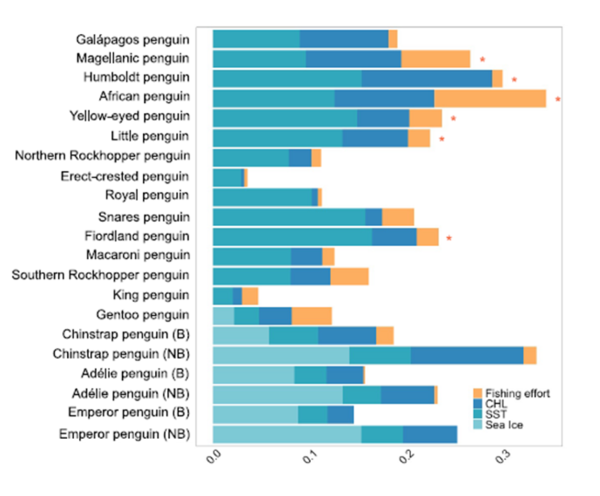
Figure 3: Bar plots demonstrate the cumulative index impact within each penguin hotspot. Asterisks (*) indicate species that have night lights, a proxy for human disturbance, present in their hotspots.
‘Future-Proofing Little Penguins’ Project
Simon Heislers, Project Coordinator Summerland Peninsula Conservation
Six months have passed since the green firebreaks were established on the Summerland Peninsula, which is a critical period for the establishment of plants. The 15,000 indigenous, fire-retardant plants have been left to grow, but they haven’t been growing in isolation. From the moment they left the nursery and were planted they became part of a wilder, more complex, and stressful ecosystem where their survival and growth are strongly dependent on a wide range of climatic, environmental, and ecological conditions.
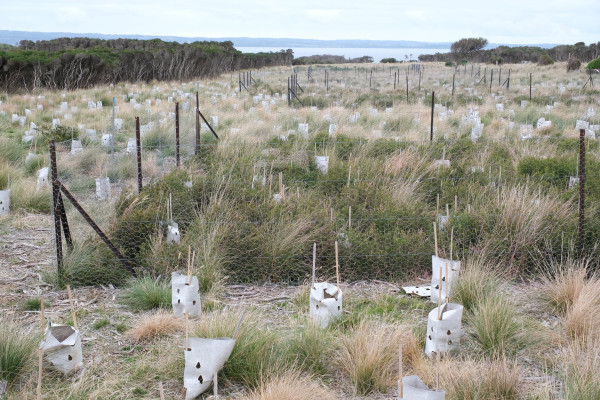
Image 2: Mandeville firebreak fenced plot.
To date, results have shown that guarding improves survival rates by three to four times during establishment, and the fenced browsing exclusion trial indicates other factors influencing success. The browsing exclusion trial is a feature of the ‘Future-Proofing Little Penguins’ project and newly established green firebreaks. The fences effectively excluded all large animal browsers (wallabies, geese, rabbits, and possums) on the Mandeville Road firebreak, and after six months, the results suggest that browsers have had a significant impact on survival. Establishment of more shrubs and trees and the provision of shadier, cooler penguin habitat is also a focus. The browsing exclusion trial is only just starting to provide an insight into the effects of browsers on the vegetation and of the broader ecological dynamics of the peninsula and more will be learned in the years to come. Information gained will help inform future conservation actions and lead to better and more sustainable conservation outcomes.
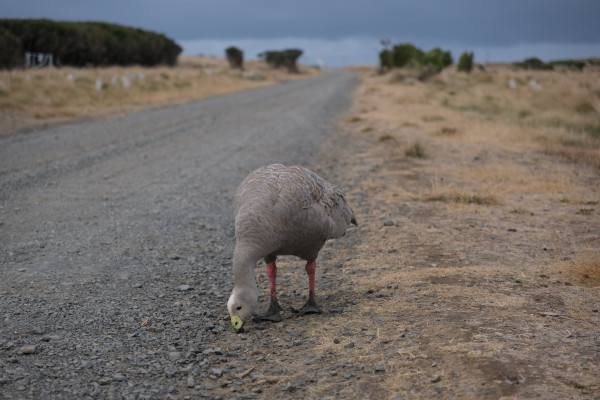
Image 3: Cape Barren goose browsing along Mandeville Road.
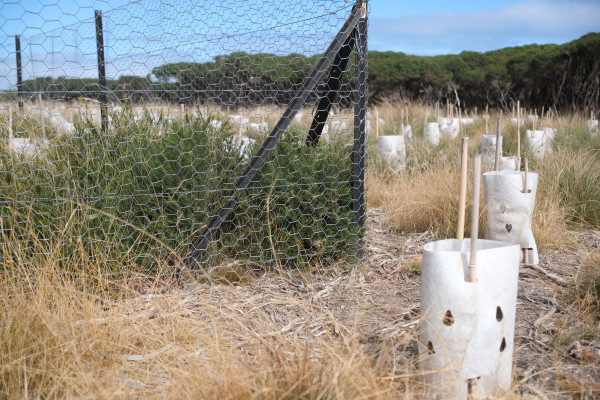
Image 4: Fenced plot growth.
Read more about this project and progress updates here.
International Penguin Congress
Phillip Island (Millowl) will host the next International Penguin Congress, drawing the world’s leading penguin researchers, conservationists, and experts to our doorstep in 2026.
The International Penguin Congress, held every three to four years since 1988, allows experts to collaborate on current research, emerging threats, and plans aimed at safeguarding penguin populations across the globe. Phillip Island first hosted this event in 1992.
The Nature Parks, General Manager Conservation, Jessica McKelson, who was part of the contingent for the Nature Parks to attend the event in Chile in 2023, accepted 'Waitaha' the conference baton, which symbolises the ongoing link between each conference.
The Nature Parks takes an active role in global efforts towards the conservation of penguins in the face of major threats like climate-driven environmental changes, industrial fishing, and human impacts. A local organising committee and an international scientific committee will now be established in preparation for the 2026 event.
Research for fur seals (Mering-mum)
Entanglement study
Rebecca McIntosh, Senior Scientist
Adam Yaney-Keller, a PhD student at Monash University, is researching the effects of entanglement on Australian fur seals at Seal Rocks. He is using thermal sensors on drones to improve detection capabilities and examining both short-term and long-term impacts on affected seals. This project is funded by Wires the Foote Trust, the Australian Wildlife Society, and the Holsworth Wildlife Research Endowment.
Continued testing of thermal and colour imagery for detecting entangled seals is ongoing, with the addition of three state-of-the-art sensors provided at low to no cost by local partners. Simultaneously, analysis has commenced on collected imagery, consolidating results on the thermal drone technology’s effectiveness in detecting various entanglement types and age classes of seals.
Nine fur seals at Seal Rocks have been fitted with trackers temporarily glued to their backs (see image 5). This allows for comparison of the behaviour between seals entangled in marine plastic and healthy seals of the same sex and size. The trackers measure activity via an accelerometer, temperature and depth recorder, and location via GPS.
A previously tagged entangled seal was recaptured and its tag removed for redeployment on another seal. The re-captured seal was recovering well and had grown in length and mass since last encountered. The data from the tags is being analysed to see how active the two groups of seals are and where they go (example track provided below).
Tagged seal re-sightings have continued during drone surveys, with assistance from the Nature Parks rangers, Zoos Victoria, Marine Response Unit, and the public contributing data. A previously entangled juvenile seal was encountered at Chinaman’s Hat in Port Phillip Bay in January 2023 and a control seal of the same age class was re-sighted at Seal Rocks in February 2024. Both seals appeared to be in good body condition at the time.
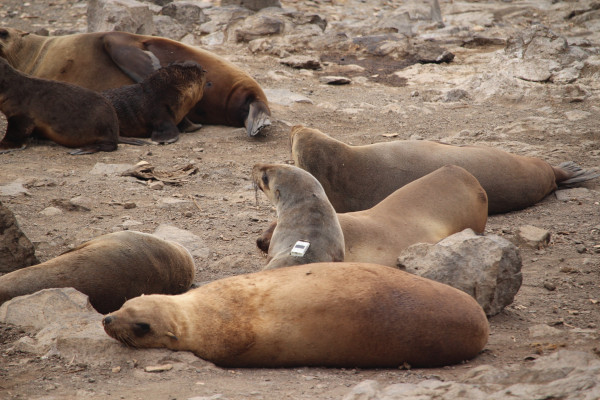
Image 5: Images of seals with trackers.
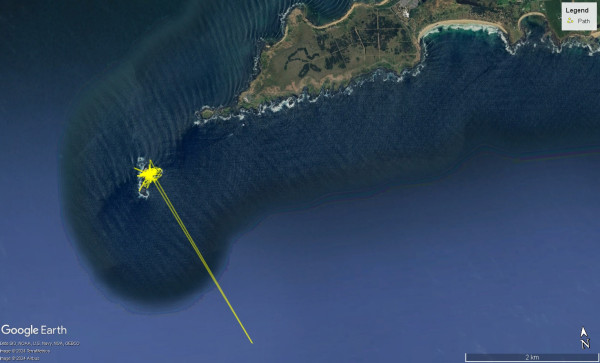
Image 6: Visualisation of seal course using trackers.
Seabird predation on seals
Long-nosed fur seals are re-establishing small breeding colonies on offshore islands across Victoria, raising concerns over their interactions with seabirds, particularly little penguins. Their increasing population is a story of recovery since they were wiped out in Bass Strait by sealers in the early 1800s; however, they are known to predate seabirds making it important to understand predatory interactions with little penguins. A recently published paper2 used two methods, DNA and prey hard parts identification, to measure seabird predation from seal scats across four sites in Bass Strait.
Seabird detection in the diet differed by method and across the sites. Parallel use of methods identified more prey taxa than either method alone, with six seabird taxa detected in 9-29% of samples (little penguin, two shearwater species, Australasian gannet, black-browed albatross, greater crested tern) with the little penguin being most common occurring in 6-25% of samples across the sites.
Ten out of 99 DNA scat samples contained little penguin DNA. Haplotype diversity was used to detect the number of individual penguins predated and six DNA samples contained one penguin haplotype, while four DNA samples contained up to four distinct haplotypes; resulting in a minimum of 16 penguins consumed across 10 fur seal scats containing penguin DNA.
This shows that more than one penguin (or parts thereof) may be consumed in a single fur seal foraging trip, or 48 hrs given the time for a scat to be deposited after the meal. It is imperative that threats to little penguins such as introduced predators, habitat loss and impacts on their food supply are mitigated to reduce the risk of natural predation such as the recovering long-nosed fur seal.
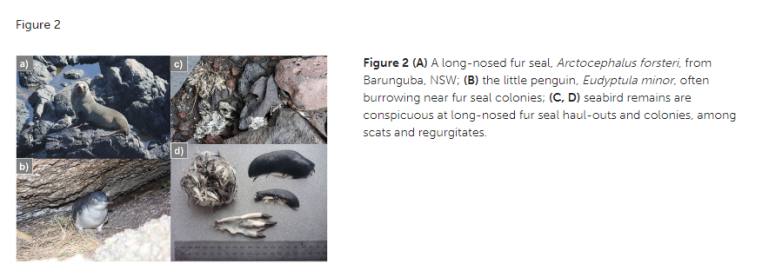
Image 7: Figure 2.
2Hardy NA, Berry TE, Bunce M, Bott N, Figueira WF and McIntosh RR (2024). Quantifying wildlife conflicts with metabarcoding and traditional dietary analyses: applied to seabird predation by long-nosed fur seals. Front. Mar. Sci. 11:1288769. doi: 10.3389/fmars.2024.1288769.
Threatened Species
Eastern barred bandicoots
Meagan Tucker, Research Officer
This autumn saw regular Eastern barred bandicoot (EBB) trapping undertaken at the Summerland Peninsula in March and at Churchill Island and Fishers Wetland in April. Across the three nights at Summerland Peninsula, the Nature Parks employees and volunteers had 46 captures of 30 individuals, 53% of which were seen for the first time. Due to low capture numbers during both the spring and autumn trapping last year, a decision was made to conduct a free feed for EBBs on the Peninsula. Bait was spread around trap locations the week prior to encourage more bandicoots into the areas and make the bandicoots more comfortable entering traps. This appears to have helped with almost twice as many captures this session compared to last year.
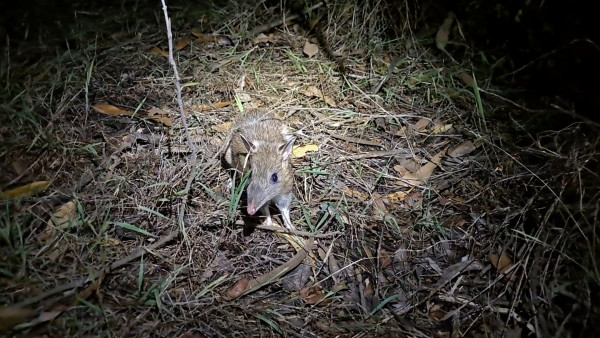
Image 8: This curious Eastern barred bandicoot approached us while we were processing another animal.
Across the three nights at Churchill Island, there were 70 captures of 42 individuals, 62% of which were seen for the first time, and at Fishers Wetland there were 26 captures of 15 individuals, 93% of which were seen for the first time. Free feeding was also conducted at Fishers Wetland to improve capture rates, resulting in almost twice as many captures compared to our spring trapping session. Many bandicoots caught across this session were in poor condition, presumably due poor food availability caused by low rainfall over the preceding weeks.
Across these two trapping sessions 29 volunteers contributed 310 hours over six days assisting with trap setting, research assisting, handling and free feeding.
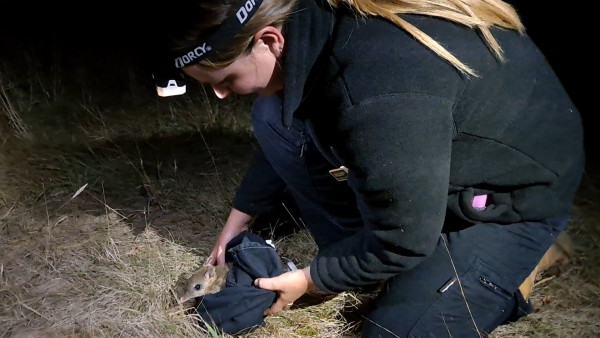
Image 9: Ranger Eliza releasing an Eastern barred bandicoot.
Bandicoots are continuing to spread across the island and have now been spotted as far as Rhyll. Sightings from the public help us track their spread and can be reported on our EBB sightings portal here.
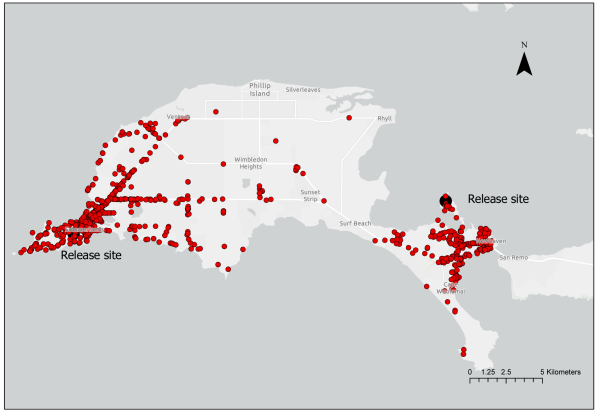
Figure 4: EBB habitat December 2023.
Bringing back the bush stone-curlew
Kate Adams, Community Impact Manager
The Nature Parks has been working closely with Odonata and the Australian National University, in the recovery of bush stone-curlews across south-eastern Australia. The overall objective of this collaboration is to bring bush stone-curlews back to Phillip Island (Millowl) and work towards strengthening the numbers in the wild.
This species once called Phillip Island home, before becoming extinct due to predation by foxes. The Nature Parks is excited about its role and the long-term commitment to reintroducing the bush stone-curlew into the wild. Assisted by a PhD student, the research includes health checks and behavioural assessments, followed by banding and GPS backpacks for post release monitoring. An annual population census will identify founder and reinforcer birds for the establishment of a self-sustaining population.
Success will rely on support from the community and the Nature Parks. The Curlew Custodian Volunteer team are playing an integral role in caring for and monitoring the captive birds at the Koala Conservation Reserve. You can find out more about bush stone-curlews here.
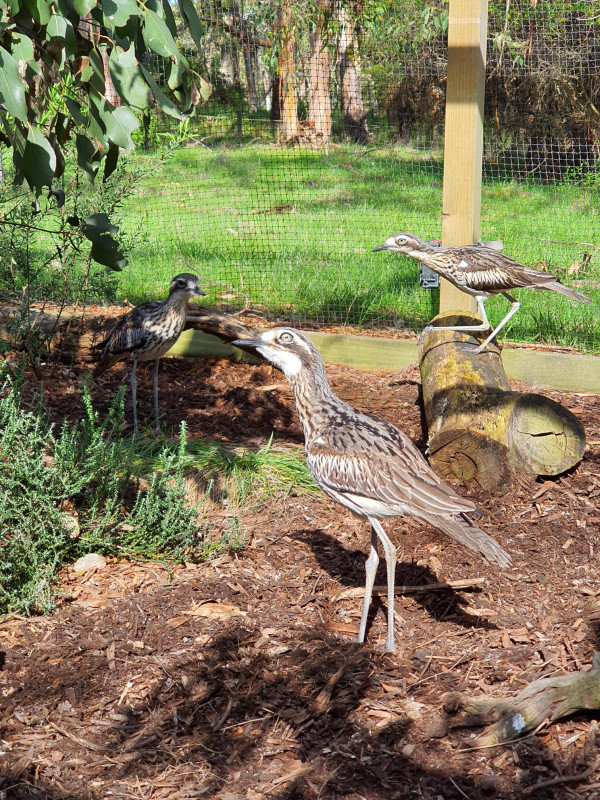
Image 10: Bush stone-curlews in aviaries at Koala Conservation Reserve.
Threatened Flora
Susan Spicer, Ranger
The exceptionally dry late summer and early autumn has impacted the translocated critically endangered crimson berry, Leptecophylla oxycedrus, plant population at Cape Woolamai. It was established in 2023 to increase overall numbers and enhance the natural plant ecosystem. There was a 50% survival rate of translocated plants recorded in early March. Watering by hand throughout March, coupled with cooler and more moist conditions thereafter will hopefully sustain the surviving plants. Additionally, crimson berry plants growing in the Barb Martin Bushbank that can serve as replacements for any losses.
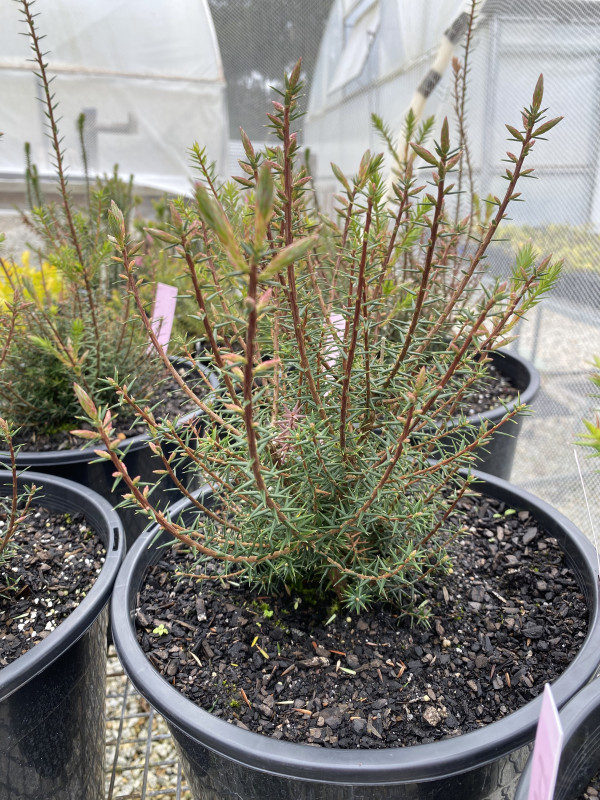
Image 11: Crimson Berries at Barb Martin Bushbank.
Similarly, there has been a 50% survival rate of habitat enrichment plants from the 2023 planting around the Smiths Beach area on Phillip Island known as the YCW Beach - Gap Road crimson berry population. These plants comprise a mix of trees and shrubs typical of the cliffside vegetation community. Additional planting and maintenance will occur this winter.
Browsing of flower spikes and foliage by wallabies has been evident on the small grass trees, Xanthorrhoea minor subsp lutea, overlooking Rhyll Inlet. A few isolated individuals have had wire guards installed to protect against herbivory, but guarding each individual or fencing off the whole population would be a difficult task due to the topography of the site. To redirect wallabies around the densest cluster of small grass trees, rangers have filled gaps and created barricades with dead casuarina and tea-tree branches. Whilst this will not completely exclude the wallabies, gathering amongst the small grass trees should be less attractive and may reduce the extent of browsing. The brushing may also provide protection for any seedlings that might germinate.
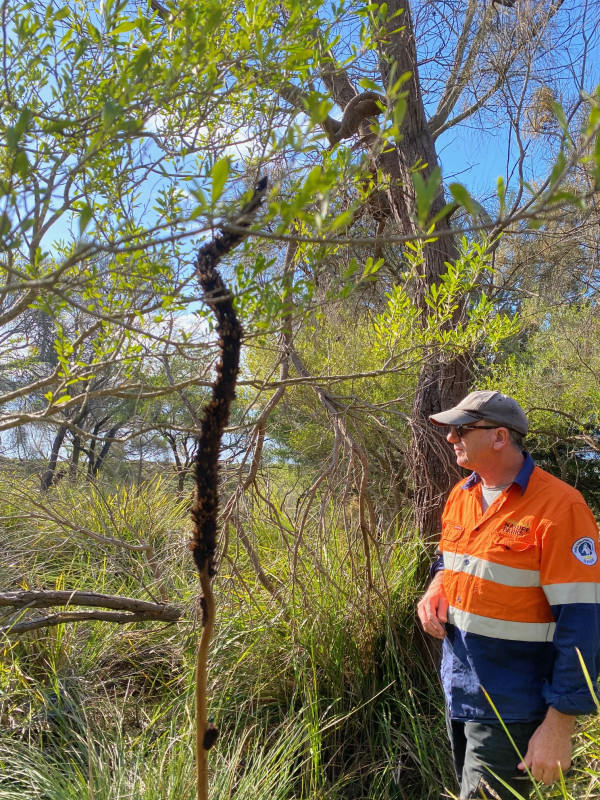
Image 12: Ranger Mark next to a small grass tree flower spike.
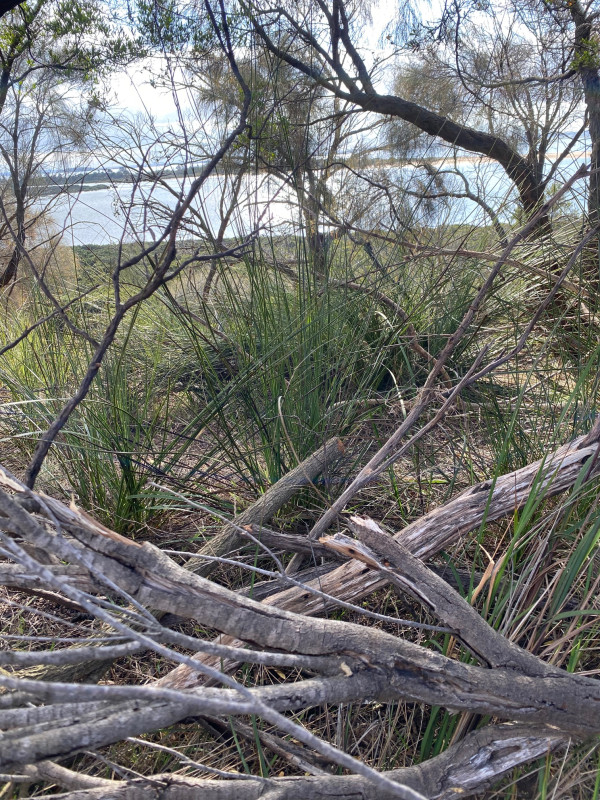
Image 13: Small grasstree barricade.
Every week, volunteers join our Nursery Coordinator at Barb Martin Bushbank to propagate plants for rehabilitation programs aimed at restoring habitats on Phillip Island (Millowl). As wildlife habitats diminish at an alarming rate, the community can play a crucial role in restoring the natural environment necessary for wildlife to thrive by planting native species in their garden. To learn more about native plants, download the Bushbank planting guide.
Wildlife Management
Koalas
Lachlan Sipthorp – Senior Ranger Koala Conservation Reserve
In March, the Nature Parks team at the Koala Conservation Reserve conducted health checks of koalas, with support from the team at Newhaven Veterinary Clinic. Last season's joeys were tagged and moved into the Blue Gum trail as independent young. There are now three koala viewing areas open to the public at the Koala Conservation Reserve. Plantation works are ongoing, and we continue to supplement koala browse from the King Road plantation in Bass through our relationship with Westernport Water.
A rare sighting of a powerful owl was recorded on the Woodland Boardwalk in April. The owl was discovered holding a ringtail possum in its talons. The Nature Parks has been collaborating with Deakin University and University of Melbourne to estimate the population size, map their distribution, and investigate strategies to sustain the existing population on the island.
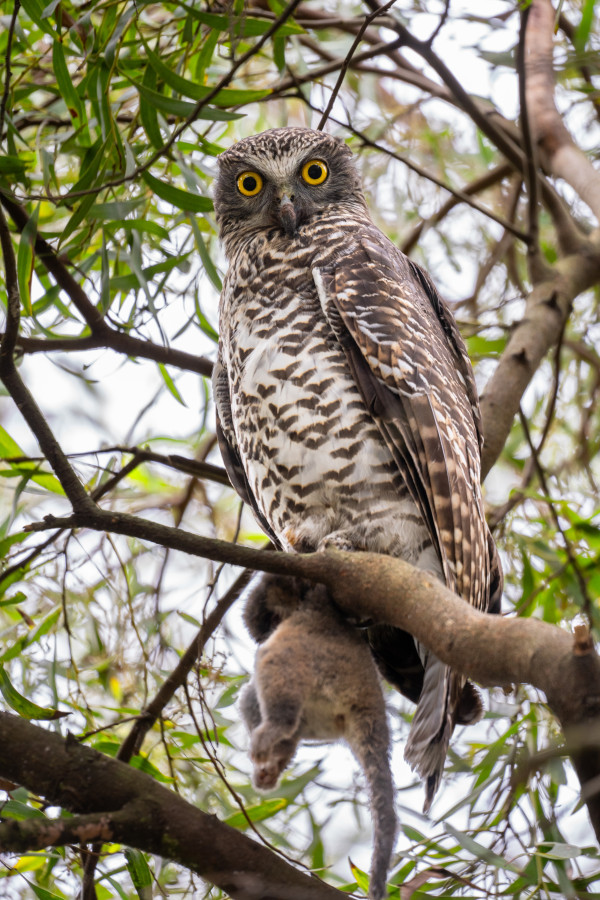
Image 14: Powerful owl photo by Joel Sharpe.
Wildlife Rehabilitation Centre
Kim Noy, Senior Wildlife Welfare Officer
Winter is a quieter time at the Wildlife Rehabilitation Centre, but staff does often receive penguins as some attempt winter chick rearing. During winter, larger seabirds such as pelicans, albatross and petrels receive care before being released back into the wild.
In late February this year, a 22-year-old penguin was found malnourished and struggling after completing her annual moult. She was identified by a silver band on her flipper, an identification method that had ceased in 2004. Named ‘Silver’, she spent five weeks in the Wildlife Rehabilitation Centre, where she reached a healthy weight, underwent swim testing, and was subsequently released back into the wild.
Between January and March, the Wildlife Rehabilitation Centre received five juvenile gannets from the Marine Response Unit (MRU), Zoos Victoria. They were part of a large numbers of struggling birds across the state, all deemed too young to survive on their own. After an average of four to six weeks in care, they were rehabilitated to swim, feed and strengthen their wings in preparation for departure on strong winds. A real highlight for the team was to see them finally take to wing and head off to the wild.
Image 15: Juvenile gannet photo by Peter Fogarty.
Possum browsing trial
During the winter season, the Nature Parks interns undertook various projects which utilised camera technology to monitor native wildlife and pest species. One project included a possum browsing trial, aimed at understanding the population dynamics and ecological impacts of common brushtail possums on Phillip Island (Millowl). This involved excluding possums from 16 Eucalyptus ovata treatment trees via banding and monitoring the canopies continuously using camera traps over a 12-month period. The data analysis will compare the canopy conditions of the treatment trees against 16 control Eucalyptus ovata trees left accessible to possums. Additionally, systematic possum spotlighting surveys were conducted at Oswin Roberts Reserve, Ventnor Koala Reserve, and the Koala Conservation Reserve, as well as surveys being undertaken on the Summerland Peninsula over the winter period.
Image 16: Camera setup.
Feral cat control
The individual identification of feral cats through the analysis of classified images captured on Phillip Island at Rhyll Inlet and Observation Point from late 2020 to 2023 was completed to aid in pest species management. The results have helped with estimating abundances of the remaining feral cat populations.
A new project to assist in pest animal management utilises the combination of 4G cameras and the eVorta artificial intelligence program, a system trained to recognise key priority native species as well as pest species.
Image 17: Evorta.
Targeting feral cats remains a priority within the Nature Parks reserves and along the coasts. Over 2,950 trap nights have been conducted since the start of 2024, removing ten feral cats. Thirty-seven remote 4G cameras have been deployed to monitor feral cats in real time and increase response and efficiency. Reducing rabbits in this area will diminish their environmental impact and aid in spinifex plantings undertaken as part of revegetation works for dune restoration. With the departure of the short-tailed shearwaters, cat trapping programs will be undertaken along the south coast beaches over the coming months.
The Conservation Dog team has been busy following up three reported fox sightings at Gap Road, Grossard Point and Scenic Estate, yet no evidence and/or presence of foxes has been found to date. Routine surveys with feral cat detection dogs Milly and Marbee resulted in the removal of a feral cat near Ventnor Koala Reserve.
Invasive weed control
The Nature Parks Reserves team has been undertaking an aggressive kikuyu control program focusing on the Summerland Peninsula. This has been a strategic and coordinated effort by staff and contractors, treating large areas along roadsides and surrounding the Penguin Parade and Nobbies Centre. This weed is insidious, as it degrades native vegetation, hindering free movement of penguins through the landscape and impairing shearwaters' ability to create burrows for breeding.
In collaboration with the Sunderland Bay Surf Beach Coast Care Group and Bunurong Land Council Aboriginal Corporation, the Nature Parks has successfully removed polygala and marram grass from coastal reserves, including Observation Point and Summerland Peninsula. The efforts at Observation Point are crucial for establishing breeding habitat for shorebird species such as fairy terns and Eastern curlews.
Community takes part in conservation
The Dark Sky so Shearwaters Fly campaign was launched in 2022 and runs from mid-April to mid-May on Phillip Island to support the annual migration of short-tailed shearwater chicks from Australia to Alaska. The campaign aims to reduce light pollution by asking the community to turn off their outdoor lights and slow down when driving at night to mitigate risk to birds and motorists.
Residents and businesses along the expected flight path were encouraged to turn off their outdoor lights and this year the lights on the San Remo Bridge were turned off for ‘take-off’ over three nights in April. The dark skies and an unusual lack of wind activity resulted in less birds being blown onto the roads and patrols saw only 47 birds rescued and 105 deceased birds removed from the roads. These numbers are significantly lower compared to 2023 where we had 419 birds rescued and 237 deceased birds.
From Singapore, Climate Connections host, Kaiting Yeo, spoke to Dr Duncan Sutherland about light pollution and why the night lights are so detrimental to the short-tailed shearwaters during migration season.
Spotify - Listen here
OMNY - Listen here
The Nature Parks volunteers make a valuable contribution to our community as well as our ecotourism, research, and conservation outcomes. Since October last year, 3,828 volunteer hours have contributed to the Nature Parks conservation outcomes. Volunteers help to protect wildlife and contribute to our threatened species initiatives such as Eastern barred bandicoot research, bush stone-curlew care and the monitoring and protection of the hooded plovers.
Threatened Species Report
To find out more about how Phillip Island Nature Parks partners with the community on our ‘island haven’ in the 2023 Threatened Species Report.
Science published
This paper compared two methods of quantifying little penguin prey by long-nosed fur seals (previously known as New Zealand fur seals in Australia).
Hardy NA, Berry TE, Bunce M, Bott N, Figueira WF and McIntosh RR (2024). Quantifying wildlife conflicts with metabarcoding and traditional dietary analyses: applied to seabird predation by long-nosed fur seals. Front. Mar. Sci. 11:1288769. doi: 10.3389/fmars.2024.1288769.
Read the article here.
Gimeno, M., J. Giménez, A. Chiaradia, L. S. Davis, P. J. Seddon, Y. Ropert-Coudert, R. R. Reisinger, M. Coll and F. Ramírez (2024). "Climate and human stressors on global penguin hotspots: Current assessments for future conservation." Global Change Biology 30(1): e17143.
Joly, N., A. Chiaradia, J.-Y. Georges and C. Saraux (2023). Unpacking the Lifelong Secrets of Little Penguins: Individual Quality, Energy Allocation, and Stochasticity in Defining Fitness. Evolution. https://doi.org/10.1093/evolut/qpad126
Venegas-Li, R., A. Chiaradia, H. Schinagl, A. Kato, Y. Ropert-Coudert, H. Possingham and R. D. Reina (2023). "Integrating animal tracking data into spatial conservation prioritisation for seabirds during their breeding season." bioRxiv: 2023.2012.2014.571606.





